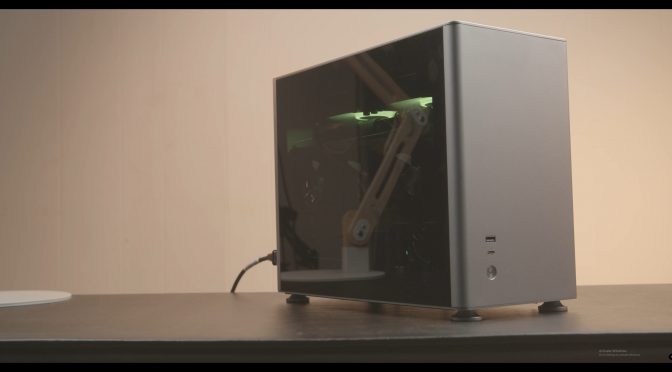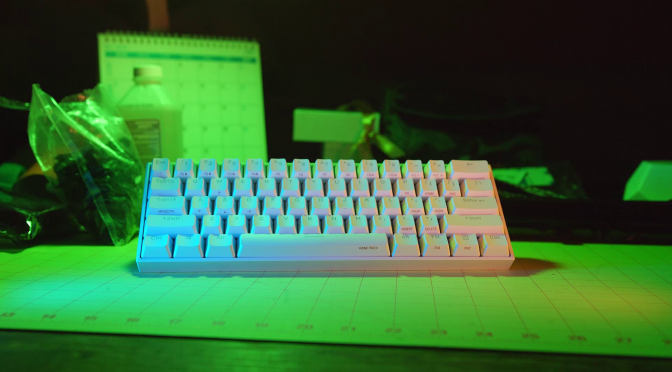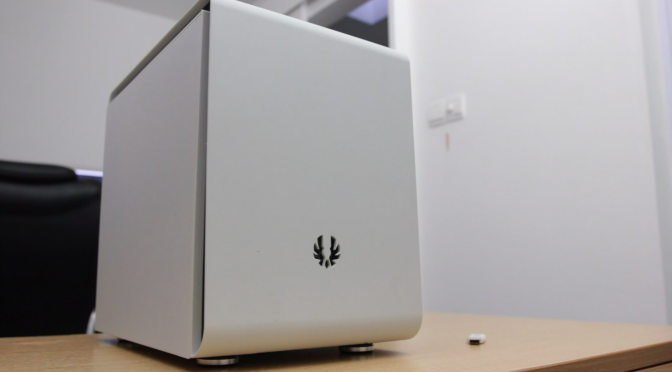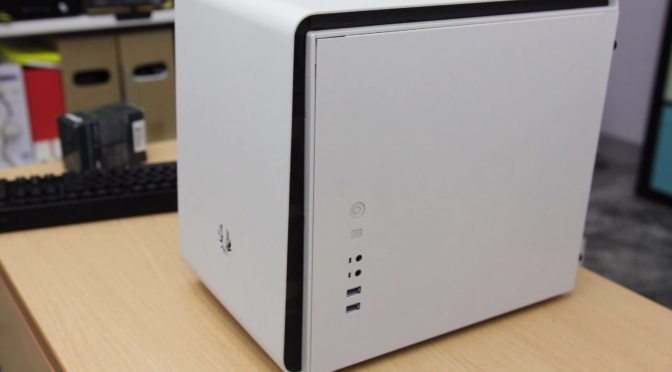Sometimes there’s a product that you want to be good so bad that you’re willing to overlook some of the more glaring mistakes. That’s how I felt about the Jonsbo A4 ITX case. It’s a SFF (small form factor) m-ITX case that brings Jonsbo’s unique design aesthetics to user’s wanting a smaller foot print computer. Unfortunately, it’s not all tiny roses and sunshine.
Based on the design, the case it truly intended to be use with either a 120mm or 240mm AIO (all-in-one) liquid cooler. While AIO’s are fairly common in the current day, enthusiast are more often turning to creating custom loops in their build to maximize space efficiency. The “dream” CPU block from Barrow, that combines the pump, CPU plate, reservoir, is just 2mm too tall to fint into this case, which is a shame.
The biggest offender though, is the cable management. Or lack there of. With the case being so small, planning and routing cables is a the only way to be successful and that takes a lot of time. This is definitely not a case for the unitiated or faint of heart. It can be made into a beautiful build, but you’ll need to bring your A-game.
What are you’re thoughts? Is this your next ITX case or are the issues a deal breaker for you? Sound off in the comments here or in the YouTube comments section.
Check out the other Jonsbo case I’ve looked at, the late Jonsbo VR1





